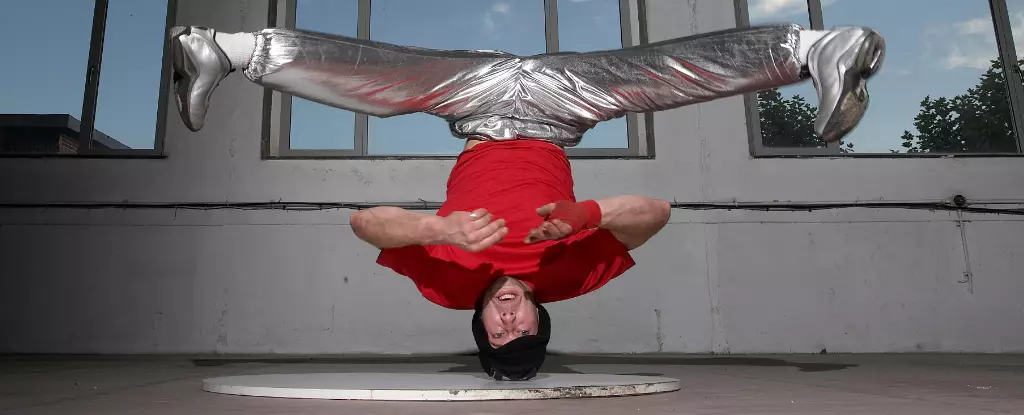Breakdancing, a dynamic and visually captivating form of dance that emerged in the 1970s, has become a worldwide phenomenon. It is not just a means of artistic expression but also a highly physical activity that demands flexibility, strength, and a willingness to take risks. However, as with any sport, breakdancing carries its share of injury risks. One particularly unusual yet alarming condition that has surfaced among breakdancers is known as “headspin hole,” a phenomenon that highlights the need for increased awareness about the potential consequences of this athletic art form.
According to a 2024 medical case report, breakdancers are susceptible to developing a conical growth on the scalp, commonly referred to as a headspin hole or breakdancer bulge. This condition arises after sustained years of head-spinning maneuvers, which are staples in a breakdancer’s repertoire. The repetitive motion subjects the scalp to considerable friction and stress, leading the body to adapt by thickening the connective tissue known as the epicranial aponeurosis, found beneath the scalp. The resultant cone-shaped mass serves as a protective mechanism; the body attempts to shield the underlying skull from injury due to the sustained trauma incurred during performances.
Interestingly, hair loss and localized pain often accompany this condition, with roughly 30% of breakdancers reporting similar symptoms. While such head injuries might sound extraordinary, they underscore a broader truth about the physical toll that dance can take on the body.
The formation of these distinctive cone-shaped heads or bulges can be likened to the body’s response in other areas subjected to continuous stress or friction, such as the development of callouses on hands and feet from regular exposure to pressure. These adaptations exemplify the human body’s resilience yet also underscore its vulnerability. It raises critical questions about whether breakdancers should incorporate protective gear or alter their techniques to mitigate long-term damage.
In a world where safety gear is recommended in many sports, the breakdancing community has been slow to adopt such measures. Understandably, many dancers prefer to avoid anything that might hinder their freedom of movement or fluidity in performance. However, balancing creativity and safety is paramount for the longevity of any athlete’s career.
Although the headspin hole is the focus of much of this discussion, it is far from the only injury that breakdancers commonly face. Frequent accusations of wrist, knee, hip, ankle, and elbow injuries are seen throughout the community. Acrobatic moves like the windmill and backspin place immense stress on various body parts, exposing dancers to conditions such as bursitis, which is the inflammation of the fluid-filled sacs protecting the spine.
Dancers often have to rely on their bodies to perform acrobatics that could easily lead to severe injury or even paralysis. There have been tragic cases, like that of Ukrainian breakdancer Anna Ponomarenko, who suffered a pinched nerve leading to paralysis but rebounded to represent her country at the Paris 2024 Olympics. Such examples highlight the duality of risk and reward in breakdancing, emphasizing the need for better safety protocols during training and competitions.
Interestingly, the phenomenon of cone-shaped heads is not solely confined to breakdancers. In the realm of childbirth, infants frequently emerge with misshapen heads due to the pressures exerted during delivery. Conditions like caput succedaneum and cephalohematoma are examples of cranial irregularities caused by fluid accumulation or bruising during birth. In some cases, factors such as vacuum-assisted delivery can exacerbate these conditions.
For parents, these concerns may lead them to dress their newborns in hats shortly after birth—an effort to shield their delicate heads while the natural shape corrects itself within the first few weeks.
Understanding these conditions, whether they arise from breakdancing or childbirth, is pivotal in fostering a culture of prevention, particularly in high-risk activities like breakdancing. Employing appropriate techniques, considering the use of protective gear, and raising general awareness are crucial steps that can make a significant difference.
While breakdancing continues to inspire and captivate audiences globally, it also brings to light various health risks that participants must contend with. By acknowledging the potential for injuries like headspin holes and improving precautionary measures, the breakdancing community can not only preserve the art form but also protect its practitioners for years to come.

